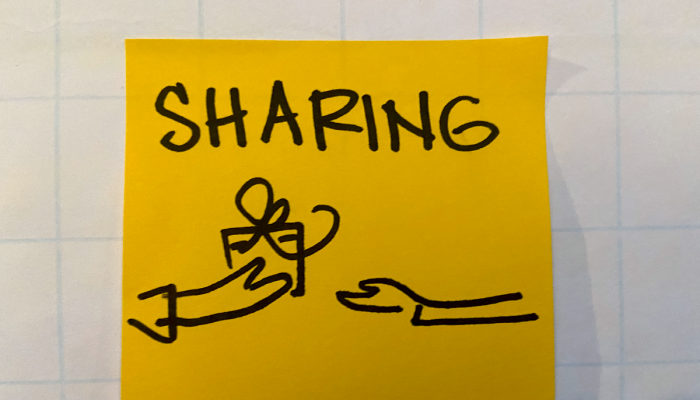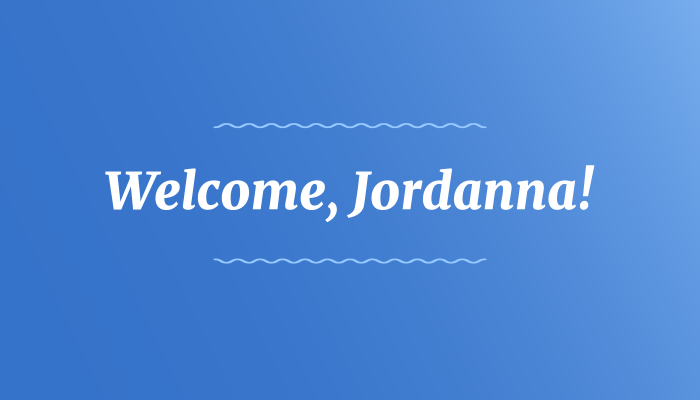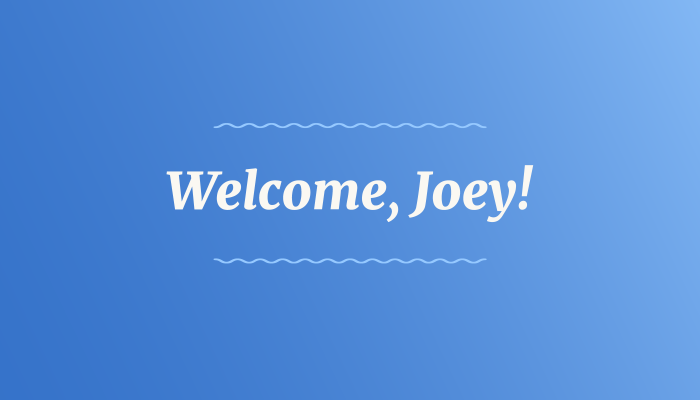This is the second of a series of blog posts where team members reflect on public sector service design. In October, my colleague Danita Reese wrote about how to create the conditions for trust between government and the communities we serve. This month, I’m reflecting on how designers in government can foster more reciprocal relationships when we work with community members.
These reflections are inspired by our team’s work to build an Equitable Community Engagement Toolkit with City staff, community practitioners, and community members. The Toolkit is a City-wide initiative to establish the conditions for fair and just community engagement. The Toolkit will provide guidance and training to transform how the City of Philadelphia (i.e., the City) thinks about, plans for, invests in, and facilitates community engagement. This project is led by the Mayor’s Office of Civic Engagement and Volunteer Service in partnership with the PHL Service Design Studio.
To learn more, watch our 2021 Code for America Summit talk.
A short history of extractive practices
Philadelphia was the center of colonial activities when the United States was founded by Europeans. The white supremacist and colonialist practices that violently erased and displaced Lenape and Delaware people from their land (in service of our “founding”) are imprinted on our past and present as a municipal government.
Within this context, I’d like to focus on the practice of taking or extraction. Merriam-Webster defines extraction as a way “to pull or take out forcibly.” The forced displacement of Native peoples from their land is an overt form of extraction. Slavery is another. When we examine redlined neighborhoods, we observe a kind of extraction too. We see lack of opportunity in neighborhoods of color (taking) and the infusion of investment in wealthy white neighborhoods.
There are many reasons why extractive practices persist in government today. One reason is power hoarding. Or, when communities most affected by government decision-making don’t hold official forms of power and aren’t included in policymaking. This is especially problematic when communities are excluded based on their race, class, gender, ability, or education.
Collaborating with community members
Equity calls for government to center community members (who’ve been excluded from decision-making and official forms of power) in our engagement practices, so our policies and services are responsive to community need.
As we (government researchers and designers) collaborate with City staff, community groups, and community members to create guidance for the Equitable Community Engagement Toolkit, we must grapple with our own extractive practices. If we don’t, we’ll reinforce generational harm towards communities of color, people with disabilities, and marginalized communities through our actions and output.
For these reasons, we take extra care when we work with community members who’ve been marginalized by government actions by focusing on reciprocal exchanges with community members. And we ask ourselves: What are we taking and giving?
Reciprocity: Lessons from the Honorable Harvest
To help us practice reciprocity when designing with community members, we’ve turned to Robin Wall Kimmerer’s book — Braiding Sweetgrass. In it she writes about how the Honorable Harvest is meant to help people find “ways to enter into reciprocity with the more-than-human-world.”
We see an opportunity for these ethical guidelines to help us engage in more reciprocal exchanges between human beings, particularly when power is not equally held. For example, as government researchers and designers, it’s important to acknowledge that we hold greater power over design processes. We have the power to determine how collaborative a process is, who’s involved, and what will result from the work. When we don’t examine or share this power, it’s magnified by generations of extractive government practices.
Kimmerer writes that in nature “reciprocity helps resolve the moral tension of taking a life by giving in return something of value that sustains the ones who sustain us.” While collaborative design doesn’t take a life, participants are asked to share intimate lived experiences.
If the Honorable Harvest serves as Indigenous guidelines for human accountability to the natural world, can it inspire accountability between humans? What can the Honorable Harvest teach us about reciprocal exchanges with community members that have already given up so much to systems that have not served them?
The table below includes a few key Honorable Harvest guidelines from Kimmerer’s writings that have inspired questions we’re asking ourselves.
| Honorable Harvest guidelines | Collaborative design questions |
| Introduce yourself. Be accountable as the one who comes asking for life. |
|
| Ask permission before taking. Abide by the answer. |
|
| Take only that which is given. |
|
| Take only what you need. |
|
| Harvest in a way that minimizes harms. |
|
| Share. |
|
| Give thanks for what you have been given. |
|
| Give a gift in reciprocity for what you have taken. |
|
| Sustain the ones who sustain you and the earth will last forever. |
|
Resources: More to learn
One thing that’s certain to my colleagues and me: There’s always something more for us to learn. It’s humbling to be, as Kimmerer says, “a student of this way of thinking, not a scholar” or an expert.
As a lifelong student, below are related resources:
- “Braiding Sweetgrass: Indigenous Wisdom, Scientific Knowledge and the Teachings of Plants” by Robin Wall Kimmerer
- “Building Consentful Tech” by Una Lee and Dann Toliver
- “The Master’s Tools Will Never Dismantle the Master’s House” by Audre Lorde
- “Unboxing the Toolkit” by Shannon Mattern
- “Design Justice: Community-Led Practices to Build the Worlds We Need” by Sasha Costanza-Chock
- “Community Engagement Done Right” by Nina Bennett and Anjali Chainani
- “What community?” podcast with Sloan Leo and Kelly Ann McKercher
Questions or comments? Email service.design@phila.gov and follow us on Twitter @DesignStudioPHL.
Personal notesI reference the Honorable Harvest with the greatest care, respect, and reverence for their traditional uses. In support of this, I need to name a few personal tensions.
|




